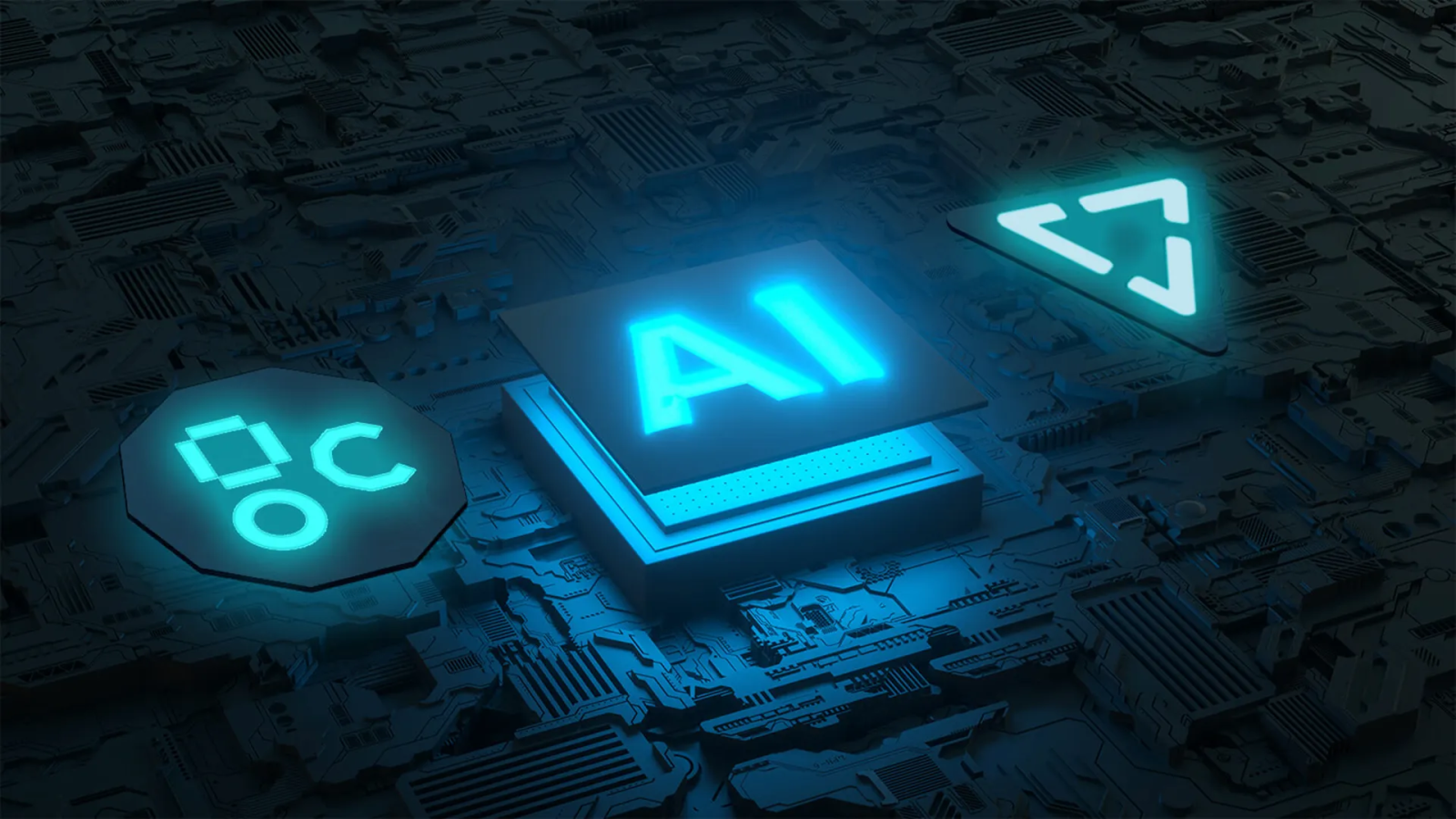The rapid evolution of AI is fundamentally altering how organizations approach infrastructure for large-scale model training. But as training techniques become increasingly more advanced, legacy data storage approaches, such as high-performance computing (HPC) storage, quickly fall short — they simply haven’t been designed for the hyperscale GPU clusters or transformative AI modeling techniques that are now reshaping modern AI storage infrastructure.
Today, emerging advancements in data storage, such as asynchronous workflows and the growing shift to object storage, are driving a new set of priorities — focusing less on raw performance, and more on storage efficiency, reliability, and simplicity at scale. These changes are not only redefining what modern AI infrastructure looks like, but also highlighting where the real value of a data storage platform lies.
These advancements are fundamentally reshaping AI storage requirements for machine learning workflows and understanding these shifts is key to building efficient, scalable infrastructure.
Architecting Storage for Large-Scale GPU Clusters
For organizations scaling their AI capabilities, understanding the relationship between GPU cluster size and storage performance requirements is critical in order to implement efficient, cost-effective model training solutions.
Central to this architecture is the concept of a Scalable Unit (SU), the foundational building block of modern GPU clusters as outlined in NVIDIA’s NCP Reference Architecture. Each SU comprises 32 servers with 8 GPUs per server, totaling 256 GPUs. When scaled to 64 SUs, this configuration grows to 16,384 GPUs, representing immense computational power.
Surprisingly though, as these clusters grow, the storage throughput required per GPU actually decreases significantly. With tasks distributed across the configuration, requiring varying amounts of resources at any given moment, not every GPU requires full performance simultaneously. This results in diminishing throughput demands per GPU as systems scale — equating to roughly 1/10th of what any single GPU may require at just 4 SUs, with even greater reductions as systems scale to the hundreds of thousands of GPUs.
This phenomenon emphasizes why data storage efficiency and simplicity are even more important than raw performance for large-scale enterprise GPU clusters. And it’s why leading AI storage platforms such as VAST Data leverage a linearly scalable parallel architecture to easily deliver more throughput than GPUs require, while continually maximizing usable storage capacity and optimizing GPU usage to lower storage costs for organizations.
Transforming Model Training with Asynchronous Operations
Synchronous operations have long been a major machine learning bottleneck, especially during checkpointing — the process of saving a model’s state at regular intervals to safeguard progress. Traditionally, AI model training operations would be forced to pause until the checkpointing process was complete, resulting in tens of thousands of GPUs sitting idle and costing organizations millions of dollars in lost productivity.
Recently, however, AI model training has undergone a transformative shift with the adoption of asynchronous training operations. In the case of checkpointing, training jobs can now continue running without having to wait for the checkpointing process to finish, thus eliminating costly bottlenecks. The only requirement is that the storage system reliably destages a checkpoint within the defined checkpoint window, which can now extend to tens of minutes.
The implications of this shift to asynchronous checkpointing are profound. By enabling uninterrupted training and streamlining checkpointing, AI storage platforms like VAST Data are fundamentally altering how storage systems deliver value, and empowering organizations to train models at unprecedented speeds, redefining what’s possible in AI innovation.
Shifting to Object Storage for Unlimited Scale
One of the most transformative changes happening in the AI industry is the growing adoption of object storage as the preferred solution for managing the massive datasets required for training and deploying modern AI models. Unlike traditional file-based storage methods that organize data hierarchically, object storage relies on a flat, horizontal architecture that stores data as discrete objects with unique identifiers. This structure is ideal for AI storage for a number of reasons:
Suitable: Object storage is particularly adept at handling unstructured data formats — such as images, videos, and text — which form the foundation of many AI applications.
Cost Effective: Object storage handles large amounts of data at a lower price than file-based storage systems, and allows organizations to only pay for the capacity used.
Scalable: Object storage enables virtually unlimited scalability while simplifying the management of the enormous datasets used in model training.
As object storage becomes the cornerstone of AI infrastructure, sophisticated AI data storage platforms ensure organizations are prepared for the future without compromising their current capabilities. While many storage vendors force customers to choose between file or object storage — introducing inefficiencies like data copying, movement, or gateway-induced bottlenecks — leading platforms such as VAST Data support both file and object storage at scale.
This forward-looking approach allows organizations transitioning to object storage to benefit from a seamless conversion pathway, with the flexibility to modernize their infrastructure without disrupting existing file-based workflows. In this way, VAST provides an AI storage solution for customers that is not only powerful and efficient, but also adaptable to the needs of both today and tomorrow.
The VAST Approach to AI Data Storage
VAST is leading the way in all of the above emerging advancements in AI storage, helping organizations across the world achieve their AI goals faster than they ever thought possible. Here are just some of the ways in which VAST Data sets itself apart:
Optimizing GPU usage and storage capacity to deliver unmatched ROI: VAST offers organizations the highest usable capacity while reducing rack space, power consumption, and costs — ensuring training operations run 24/7/365 at 99.9999% availability, maximizing the value of every GPU.
Accelerating the model-building process and shrinking time-to-market: With its asynchronous checkpointing, the VAST Data Platform consistently exceeds speed and performance requirements for checkpoint windows. Plus, VAST’s Quality of Service (QoS) feature can automatically throttle checkpointing speeds when needed, ensuring GPUs remain fed and active for continuous training.
Embracing the future (object storage) without neglecting the past (file storage): The VAST Data Platform is the only exascale storage platform that natively supports both file and object protocols simultaneously. This dual capability eliminates the need for complex translations and makes VAST uniquely positioned to address the diverse needs of modern AI workloads.
How to Get Started with AI Storage
With a focus on availability, affordability, and scalability, AI storage platforms such as VAST Data accelerate the entire AI data pipeline to address the needs of today’s data-driven organizations. And industry leaders are taking note — Pixar, CoreWeave, and many other innovative companies have turned to VAST Data to power their generative AI initiatives.
Let VAST Data help you bring your AI projects to life with data storage designed specifically to support them. Schedule a personalized demo with our team today to see how AI data storage can enable your AI development goals.



